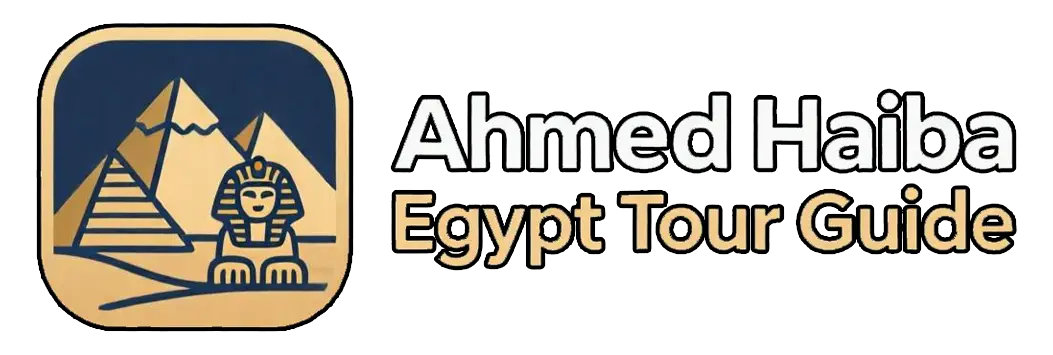Inside the Tutankhamun Galleries at the Grand Egyptian Museum: 7 Reasons Why You Must Visit Egypt’s Greatest Treasure Hall in 2025
Introduction: A Golden Journey Through Time
Few names in history evoke as much fascination as Tutankhamun, the boy king whose tomb changed archaeology forever. Now, for the first time, all of his treasures—over 5,000 artifacts—are being showcased together in the magnificent Tutankhamun Galleries at the Grand Egyptian Museum (GEM). Located near the Great Pyramids of Giza, this world-class museum is redefining how we experience ancient Egypt.
As the Grand Egyptian Museum prepares to open its doors fully, visitors and history enthusiasts are eager to witness the largest archaeological museum complex ever built. This article explores what makes the Tutankhamun Galleries so extraordinary, answers key questions travelers have, and provides valuable insights for anyone planning a visit.
Body: The Magic Behind the Tutankhamun Galleries
1. What Makes the Tutankhamun Galleries Unique?
The Tutankhamun Galleries are not just another museum section—they’re a once-in-a-lifetime encounter with Egypt’s most iconic ruler. Spanning over 7,000 square meters, the galleries are designed to replicate the layout of Tutankhamun’s original tomb, offering an immersive journey from discovery to legacy.
Unlike previous exhibitions where artifacts were scattered across museums worldwide, the GEM gathers every known object from the tomb under one roof. Visitors will walk through a chronological narrative of the boy king’s life, reign, death, and afterlife. Advanced lighting, storytelling projections, and interactive displays bring his world vividly to life.
2. What Treasures Can You Expect to See?
Inside the galleries, over 60% of the displayed artifacts have never been seen by the public before. Among the highlights:
-
Tutankhamun’s solid gold coffin, meticulously restored to its original brilliance.
-
The golden mask, arguably the most famous symbol of ancient Egypt.
-
Throne, chariots, jewelry, and weapons—all offering rare insights into royal life during the 18th Dynasty.
-
Personal belongings, including sandals, board games, and even food containers, showing the human side of the pharaoh.
Each section is organized by theme—childhood, coronation, daily life, burial rituals, and the afterlife—creating a powerful narrative that blends history, art, and emotion.
3. Where Is the Grand Egyptian Museum Located?
The Grand Egyptian Museum stands at the edge of the Giza Plateau, just 2 kilometers from the Great Pyramid of Khufu. This proximity is symbolic—linking Tutankhamun’s legacy with Egypt’s ancient architectural wonders. The museum’s glass façade even aligns with the pyramids, blending modern innovation with timeless heritage.
With a total area exceeding 490,000 square meters, GEM is the largest archaeological museum in the world. It was designed by the renowned Heneghan Peng Architects to represent “a gateway between the past and the future.”
4. When Will the Tutankhamun Galleries Open to the Public?
While parts of the GEM have been accessible for special events and previews, the official full opening is expected in 2025. This marks a monumental milestone for Egypt’s tourism and cultural preservation efforts. According to the Egyptian Ministry of Tourism, the museum is expected to attract over 5 million visitors annually, making it one of the most visited cultural sites globally.
5. Why Is the GEM Considered a Game-Changer for Egyptian Tourism?
The GEM represents Egypt’s largest investment in heritage preservation—costing over $1 billion USD. Beyond showcasing artifacts, it serves as a cultural hub with:
-
State-of-the-art conservation labs, the largest in the Middle East.
-
An education center for scholars and students worldwide.
-
Panoramic views of the Giza Pyramids, enhancing the visitor experience.
-
Immersive technology, including 3D mapping and augmented reality tours.
This ambitious project positions Egypt as a leader in global cultural tourism and museum innovation.
6. Frequently Asked Questions (FAQs)
Q1: Can visitors take photos inside the Tutankhamun Galleries?
Yes, but photography rules may vary for specific artifacts. Professional cameras typically require a special permit.
Q2: How much time should visitors allocate for the galleries?
At least 2–3 hours are recommended to explore the Tutankhamun collection fully and enjoy the museum’s other sections.
Q3: Are guided tours available?
Yes, GEM offers guided tours in multiple languages, led by certified Egyptologists who provide expert commentary.
Q4: What’s the best time of year to visit?
The ideal time is October through April, when the weather is mild and visitor traffic is moderate.
Q5: How can visitors get tickets?
Tickets will be available online via the official Grand Egyptian Museum website and authorized travel partners.
7. The Emotional Impact: Walking in the Footsteps of a Pharaoh
The experience of standing before Tutankhamun’s treasures is profoundly moving. Every item—every jewel, chariot, and statue—whispers stories of a life cut short yet immortalized in gold. The Grand Egyptian Museum’s curators emphasize not just the grandeur but the humanity of Tutankhamun: a young king, a son, a symbol of eternity.
The galleries remind us that history is not merely to be studied—it is to be felt.
Conclusion: A New Era for Egypt’s Heritage
The Tutankhamun Galleries at the Grand Egyptian Museum are more than a display—they’re a resurrection of history’s most iconic chapter. As 2025 approaches, anticipation grows among travelers, historians, and art lovers alike. Whether you’re an Egyptologist or a curious visitor, GEM promises an unforgettable encounter with the past, set within one of the most ambitious cultural projects ever undertaken.
Visiting the Tutankhamun Galleries isn’t just a trip—it’s a pilgrimage to the heart of civilization.


0 Comment